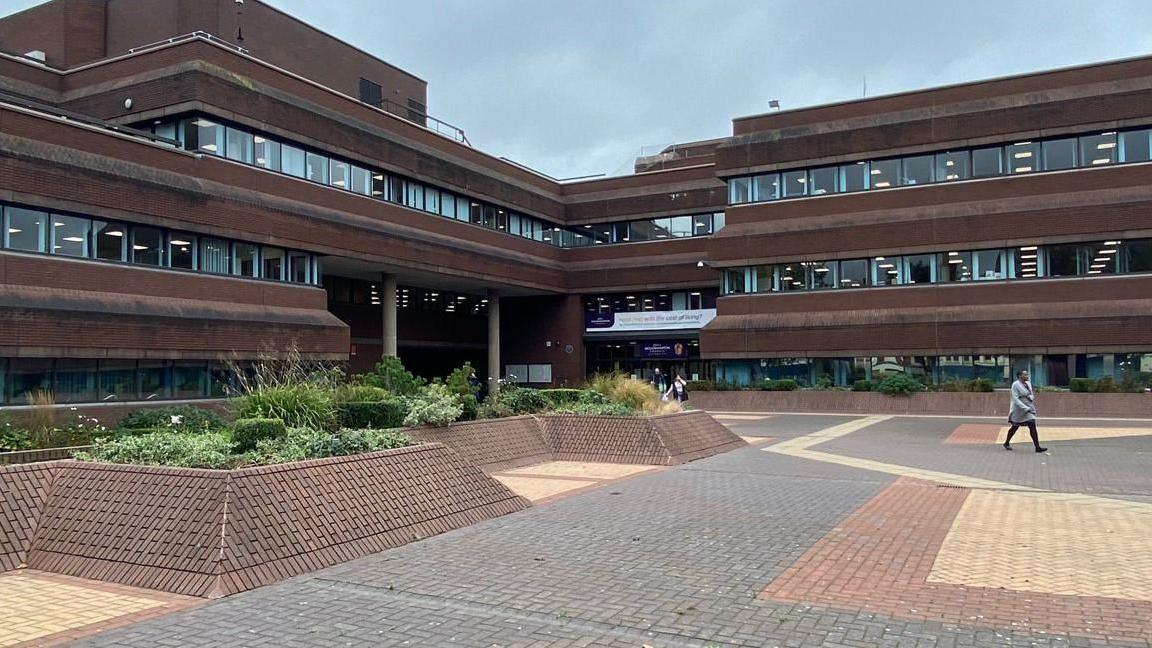The Princes of Gwynedd traced their royal line back to ancient times and became the most powerful dynasty in medieval Wales.
Their kingdom stretched from the fertile lands of Anglesey to the soaring peaks of Snowdonia and at one point expanded to cover much of Wales.
For more than 800 years, the princes fought with one another and the English Crown to secure their positions of power. But this was not just a time of war and turmoil - the princes also forged strong cultural and religious links with continental Europe and were patrons of beautiful architecture, music and poetry.
The Princes of Gwynedd Exhibition can be visited at Conwy Tourist Information Centre and audio tours are available at some of most important sites in Welsh history including:
Dolwyddelan Castle
The Dolwyddelan Audio Tour takes you back to the time of Llwelyn the Great, Wales' most powerful medieval prince. It is thought that he was born close to Dolwyddelan Castle. He was certainly responsible for building this fortress in the early 13th century, one of a string of native strongholds in Snowdonia. He chose his spot well. The solid rectangular tower, restored in Victorian times, is perched on a prominent ridge, commanding a strategic pass through the mountains.
Gwydir Chapel
Gwydir Chapel in Llanrwst is another compelling historic site. The chapel, part of beautiful St Grwst's Church, contains remarkable monuments, the most noteworthy of which is the elaborately carved stone coffin of Llywelyn the Great, who died at Aberconwy Abbey in 1240. In the church itself look out for the glorious carved rood screen, possibly brought here from nearby Maenan Abbey in the 16th century.
Aberconwy Abbey
The present-day parish church of Conwy stands on the site of a once-great Cistercian Abbey. Llwelyn the Great, an enthusiastic patron, was first buried here before his bones were removed to an unknown location.
Deganwy Castle
Soak up the stunning sea and mountain views from this ruined seat of the rulers of Gwynedd, dating back possibly as far as the 6th century.
















